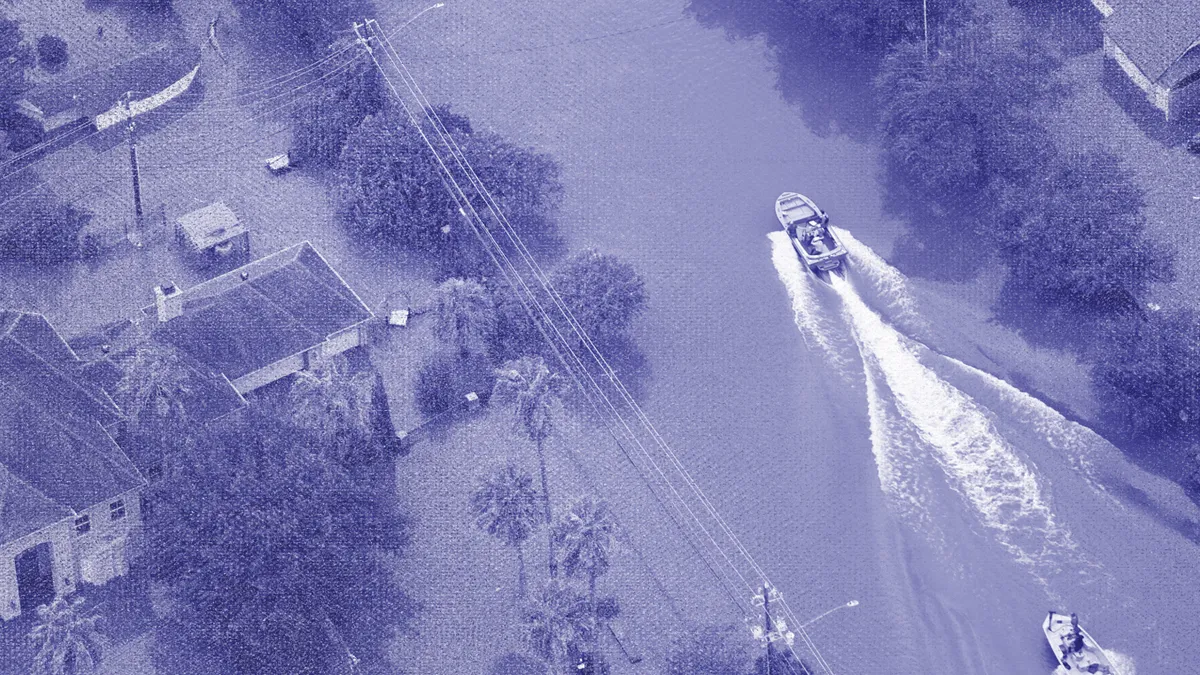June 1 marks the beginning of hurricane season, although for supply chains, preparations often begin well before this month.
Each hurricane provides a lesson for supply chains to better prepare for the next one. Scenario mapping, inventory tracking and collaboration with industry and public sector partners are a few strategies organizations have deployed after Harvey, Maria, Sandy, Katrina and countless other devastating storms.
In risk planning for hurricanes, it's a question of when, not if. "We know there are going to be hurricanes in the fall," Rod Daugherty, the VP of product strategy at Blue Ridge, previously told Supply Chain Dive.
In the series below, we look at lessons learned each hurricane season, and how industries use experiences and data to better prepare for the next one.
The Series
-
How P&G created a 'ready for anything' supply chain
For the last decade, the CPG giant has been on a mission to use technology to take the guesswork out of disaster response.
-
In disaster response, health supply chain egos melt away
A speedy post-hurricane return to normal requires competitors to become collaborators to effectively manage inventory and cold chains.
-
Before disaster strikes, DHL has a 6-step plan
After managing the long tail of recovery from Hurricane Maria, DHL's director of operations for supply chain services in Puerto Rico knows the value of preparing for the worst.
-
Florida manufacturing at risk this hurricane season
Storm outages and disruptions to the Port of Miami and Miami International Airport "may cause ripple effects" through global supply chains, according to a DHL Resilience360 report.














